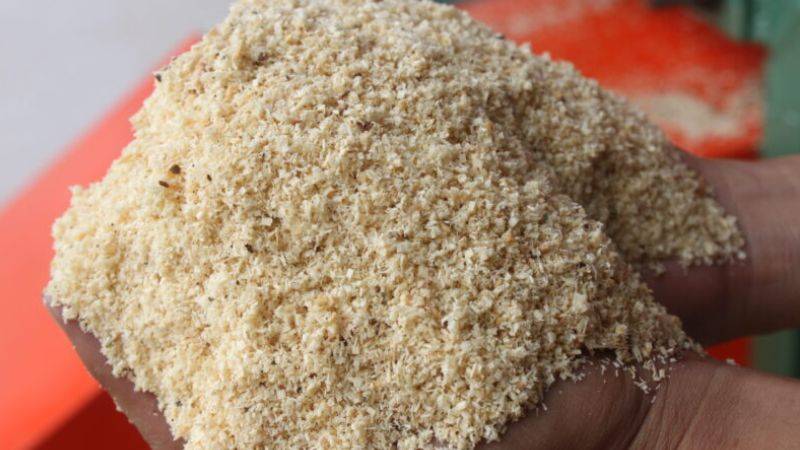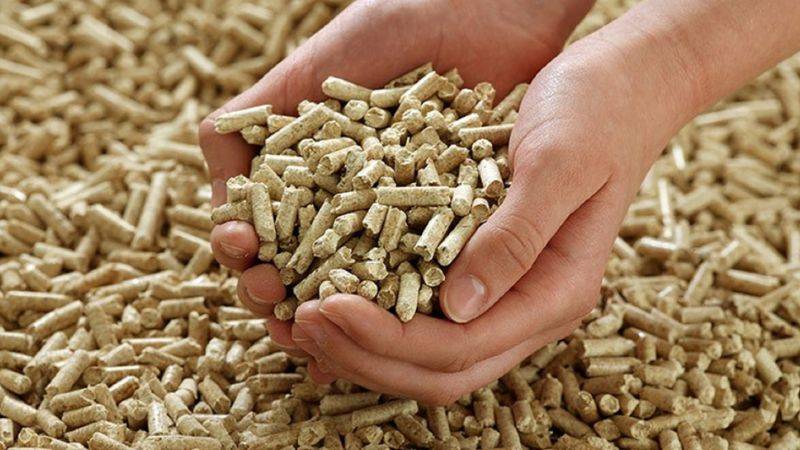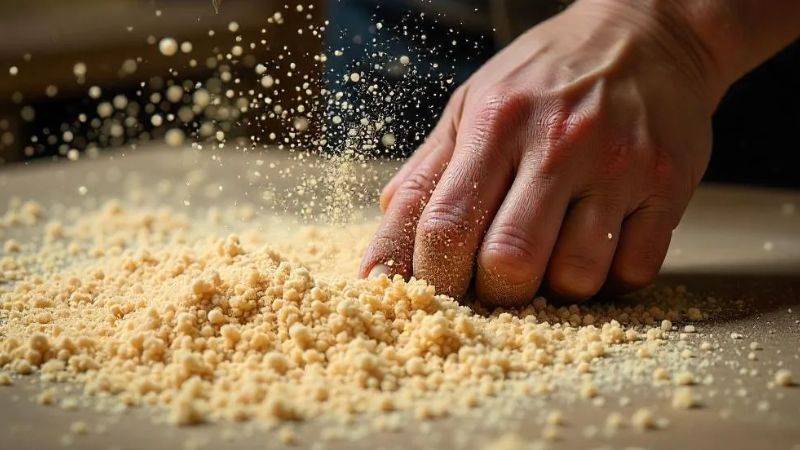What is wood sawdust? Definition, characteristics and common applications
Many people often encounter sawdust in carpentry workshops or wood processing factories, but not everyone clearly understands what wood sawdust is and what it can be used for. This is a type of by-product created during the process of cutting, planing, and grinding wood - seemingly discarded but has high application value in life. From agriculture, animal husbandry to industrial production, sawdust is gradually becoming a useful recycled resource. Let's learn more about wood sawdust and its surprising uses!
What is wood sawdust?
Sawdust is a small piece of debris created during the process of cutting, planing, turning, or grinding wood. This is a by-product but has many practical uses in agriculture, animal husbandry, and industry. nUnlike wood powder, which is fine as chalk, sawdust is larger in size and still retains the fibrous structure of wood. Wood chips are usually large pieces, uneven in shape and thickness.
In terms of characteristics, sawdust is usually light, hygroscopic and easily decomposed. The main components are cellulose, hemicellulose and lignin - substances characteristic of the structure of natural wood.

How is sawdust produced?
Sawdust is produced during wood processing such as sawing, turning, sanding or planing. Woodworking workshops and wood processing factories are the places where sawdust is generated the most.
Currently, many facilities also use specialized machines to grind wood chips or small trees into sawdust, serving the purpose of large-scale production.
Depending on the type of input wood, sawdust can be classified according to raw materials such as pine sawdust (light, fragrant), rubber wood sawdust (soft, easily decomposed), or acacia wood sawdust (used a lot in the production of compressed pellets).
Uses of wood sawdust in practice
1. In agriculture and cultivation
Sawdust is used to improve soil, retain moisture and limit weeds. When decomposed, it also adds organic matter to make the soil more porous.
2. In animal husbandry (bedding, dehumidification)
Sawdust has good moisture absorption capacity, often used as bedding for livestock and poultry to maintain hygiene and limit odors.
3. As raw material for producing pellets and biochar
With its easy to compress and combustible properties, sawdust is an ideal raw material for producing pellets and biochar to replace traditional fuels.
4. As a substrate for growing mushrooms and ornamental plants
Clean, treated sawdust is used as a substrate for growing mushrooms or mixed in the soil for growing ornamental plants to increase porosity and retain water well.
5. Applications in environmental treatment and recycling industry
In environmental treatment, sawdust helps absorb waste oil and chemicals. In addition, it is also recycled into pressed materials, artificial wood panels or compost.

Advantages and disadvantages of wood sawdust
1. Advantages
Wood sawdust is lightweight, easy to transport and can be used flexibly for many purposes. This material retains moisture well and decomposes quickly, making it suitable for growing plants, bedding or producing organic fertilizer. In addition, low cost and abundant supply are also great advantages.
2. Disadvantages
However, sawdust is flammable and can cause fires if stored incorrectly. When dry and dusty, it also affects the respiratory system if exposed frequently without protection. Therefore, it is necessary to handle and use it properly to ensure safety.
How to handle and store wood sawdust safely
Wood sawdust is a flammable material, prone to mold and can generate dust if not handled properly. Safe storage and use of sawdust not only helps prolong its use time but also minimizes risks to health and the surrounding environment. Here are the steps you should take to ensure safety when using sawdust:
- Remove impurities: Sieve to remove large pieces of wood, iron nails or foreign objects that may be mixed in the sawdust.
- Dry thoroughly: Dry sawdust in a ventilated, sunny place to reduce humidity, avoid mold and odors.
- Disinfect if used for agriculture: For the purpose of making substrate or bedding, heat treatment or steaming should be used to kill pathogens.
- Store in a dry place, avoid fire and explosion: Do not place sawdust near heat sources, areas that are easily ignited; should be stored in a sealed bag or a covered container.
- Wear a mask when using a large amount: Limit inhalation of fine dust from sawdust to protect the respiratory system, especially when handling or transporting.chuyển.
Following the above steps correctly will not only help sawdust to function well but also ensure safety for users and the working space.

Is wood sawdust toxic? Is it harmful to health?
Wood sawdust is essentially small pieces created during the process of cutting, sawing or planing wood, so it is usually not toxic if it is created from natural wood that has not been chemically treated. However, it is worth noting that fine dust from sawdust can affect the respiratory system if exposed for a long time, especially in places with poor ventilation or without using protective gear when working.
In addition, if sawdust is created from industrially treated wood, there may be residual substances such as paint, glue or preservatives - this is the factor that potentially affects health. Therefore, when using sawdust for purposes such as planting trees, bedding or as fuel, it is necessary to ensure a clear origin and prioritize sawdust from natural, clean wood.
Conclusion
Through the above analysis, you have a clearer view of the question of what wood sawdust is and why this seemingly simple material is widely used in many fields. From agriculture, animal husbandry to the recycling industry, wood sawdust brings many practical benefits if used properly. Although it is easy to find and cheap, to exploit it effectively, you still need to clearly understand its properties and how to handle it safely. Hopefully, the article has helped you have more useful information to apply in practice!







